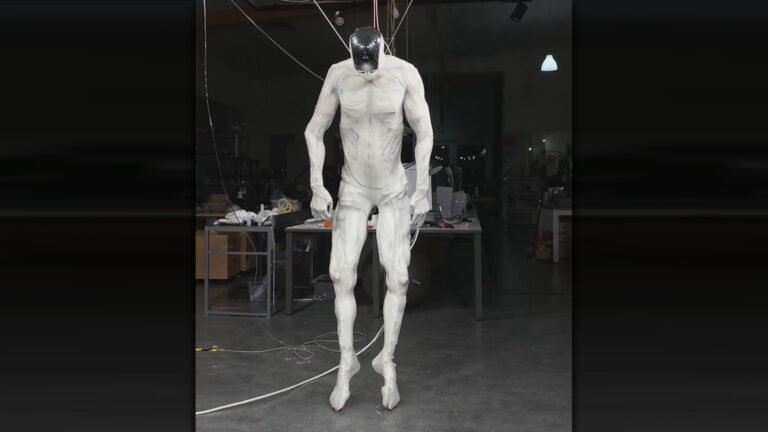Not content with having a Windows-based Internet of Things platform (Windows 10 IoT) and a Linux-based Internet of Things platform (Azure Sphere), Microsoft has added a third option. The company has announced that it has bought Express Logic and its ThreadX real-time operating system for an undisclosed sum.
Real-time operating systems (RTOSes) differ from more conventional platforms in their predictability. With an RTOS, a developer can guarantee that, for example, interrupt handling or switching from one process to another takes a known, bounded amount of time. This gives applications strong guarantees that they'll be able to respond in time to hardware events, timers, or other things that might make an application want to use the CPU. This predictability is essential for control applications; for example, ThreadX was used in NASA's Deep Impact mission that hurled a large object at a comet. ThreadX was also used in the iPhone 4's cellular radio controller, and ThreadX is embedded in the firmware of many Wi-Fi devices. These tasks need the determinism of an RTOS because there are timing constraints on how quickly they need to respond.
Linux can be built with various options to offer more predictable behavior and so can address some similar scenarios. But ThreadX has another big advantage up its sleeve: it's tiny. A minimal ThreadX installation takes 2,000 bytes of storage and needs 1KB of RAM, far less than Linux can use. By way of comparison, Microsoft's Sphere hardware (which uses a custom-designed ARM processor with various security features embedded) has 4MB of RAM for applications and 16MB of storage. There are an estimated 6.2 billion deployments of ThreadX running on several dozen different kinds of processor or microcontroller.

 Loading comments...
Loading comments...
